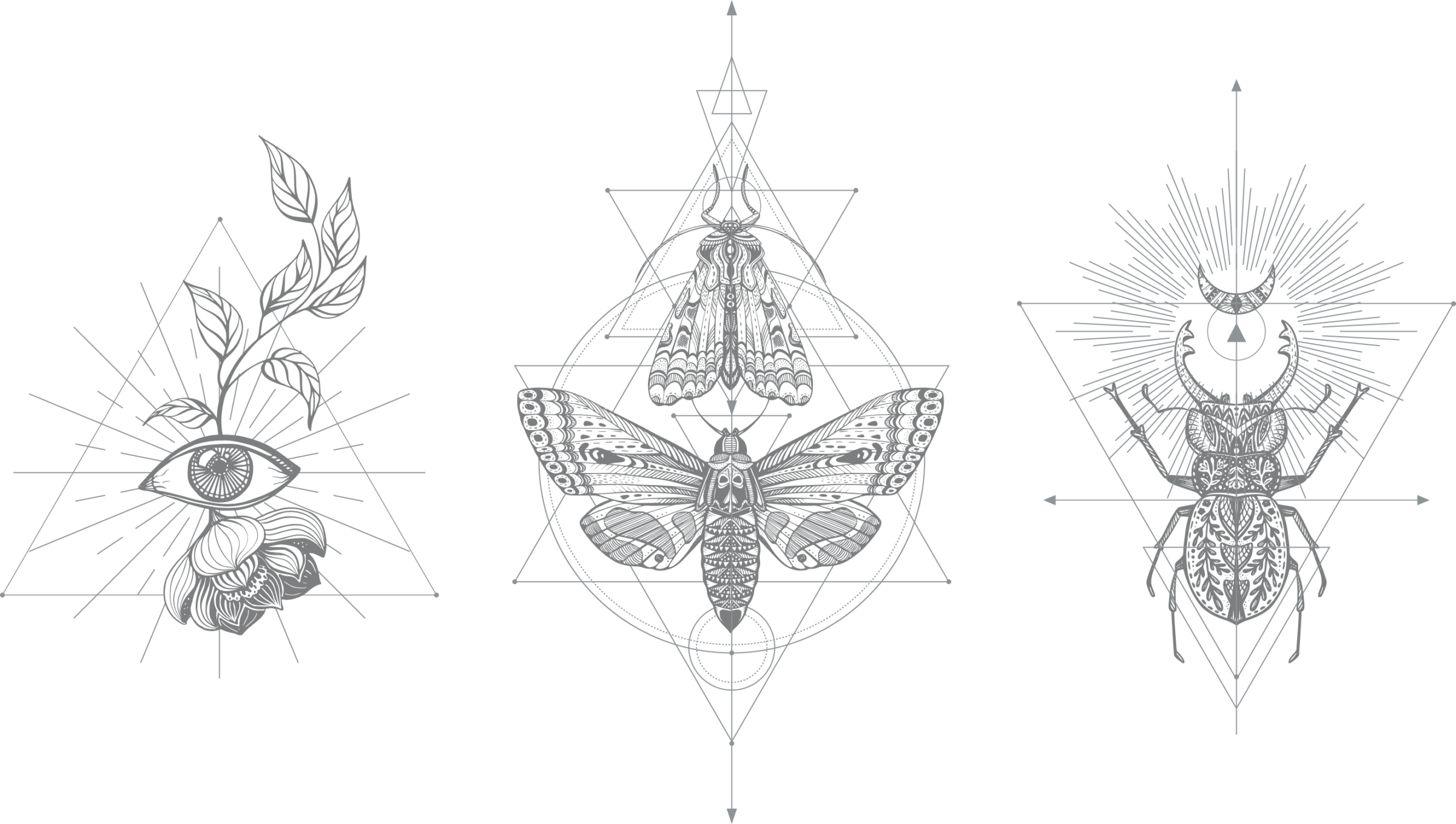In Zombie Science, Wells asks a simple question: If the icons of evolution were just innocent textbook errors, why do so many of them still persist? Science has enriched our lives and led to countless discoveries. But now, Wells argues, it’s being corrupted. Empirical science is devolving into zombie science, shuffling along unfazed by opposing evidence. Discredited icons of evolution rise from the dead while more icons — equally bogus — join their ranks. Like a B horror movie, they just keep coming! Zombies are make believe, but zombie science is real — and it threatens not just science, but our whole culture.
With the release of Zombie Science, Jonathan Wells revisited and updated his influential “Ten Questions to Ask Your Biology Teacher About Evolution”.
ORIGIN OF LIFE. Why do textbooks claim that the 1953 Miller-Urey experiment shows how the building blocks of life formed in the Earth’s early atmosphere — when scientists actually think that the Earth’s early atmosphere was quite different and the origin of life remains a mystery?
DARWIN’S TREE OF LIFE. Why do textbooks use a tree of life to convince you that living things are descended from common ancestors — when biologists have long known that the tree doesn’t fit the evidence?
HOMOLOGY. Why do textbooks define homology as similarity due to common ancestry, then claim that it is evidence for common ancestry—a circular argument masquerading as science?
VERTEBRATE EMBRYOS. Why do textbooks use drawings of similarities in vertebrate embryos as evidence that we evolved from fish — when embryologists have known for over a century that the drawings were faked?
PEPPERED MOTHS. Why do textbooks use pictures or drawings of peppered moths on tree trunks as evidence for natural selection — when biologists have known since the 1980s that they don’t normally rest on tree trunks?
DARWIN’S FINCHES. Why do textbooks use changes in finch beaks on the Galapagos Islands as evidence for the origin of new species— when the changes don’t last and the finches still interbreed?
MUTANT FRUIT FLIES. Why do textbooks use fruit flies with an extra pair of wings to show that DNA mutations can provide the raw materials for evolution—when the extra wings are useless and the mutant flies are severely handicapped?
HUMAN ORIGINS. Why do textbooks include imaginary drawings of ape-like humans to show that we are just accidental by-products of unguided evolution—when experts cannot agree on who our supposed ancestors were or what they looked like?
WALKING WHALES. Why do textbooks claim that whale fossils show a smooth transition from land mammals to whales—when the fossils really show that the transition from terrestrial to fully aquatic happened relatively quickly?
THE HUMAN EYE. Why do textbooks teach that our eyes are poorly designed because they are products of unguided evolution — when scientists have known for years that our eyes are very well designed?
